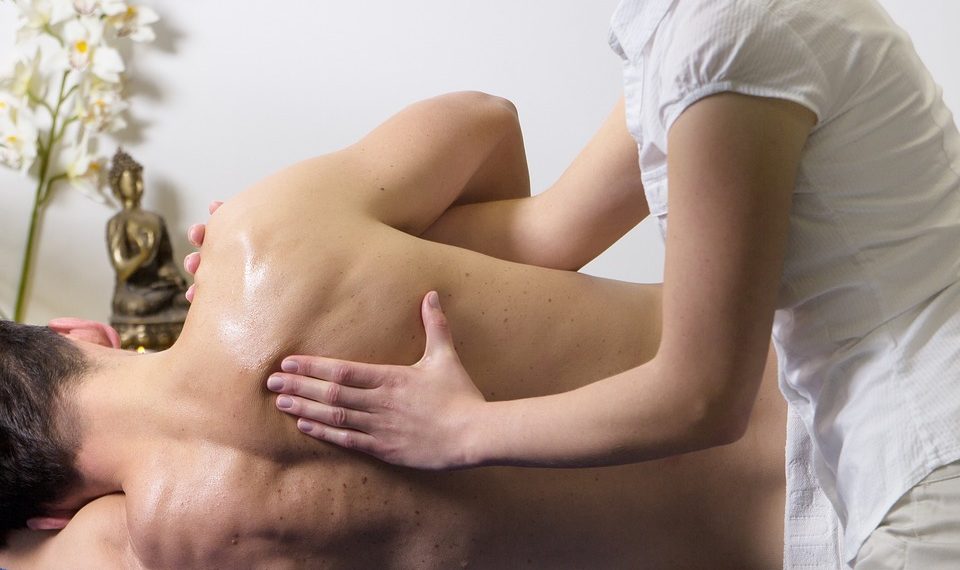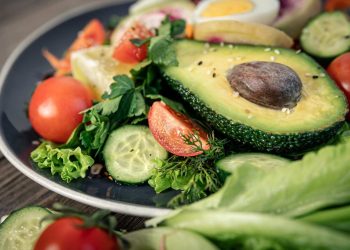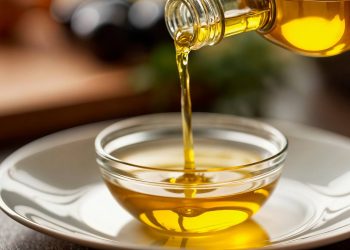Did you know that sitting for long periods can actually lead to decreased circulation in your legs? It’s true! Many of us spend hours at desks or in cars, and it can be a real drag on our circulation. But don’t worry; there are some simple and relaxing massage techniques you can try today to give your legs the love they deserve. Let’s dive into five effective massages that not only feel great but can also help boost your leg circulation.
Contents
1. Swedish Massage
What It Is
Swedish massage is arguably the most popular type of massage in the Western world. It involves long, flowing strokes, kneading, and gentle circular movements on the topmost layer of muscles. The primary goal here is relaxation, but it also helps improve circulation.
How It Works for Circulation
The long strokes help stimulate blood flow, while the kneading action can break up tension and promote better oxygen delivery to your tissues. It’s like giving your legs a gentle wake-up call!
Pros and Cons
Pros:
- Relaxes muscles and reduces stress.
- Can be easily modified to focus on specific areas of tension.
- Great for beginners.
Cons:
- Might not be deep enough for those who prefer intense pressure.
- Requires a bit of time, usually around an hour.
How to Do It
- Find a Comfortable Spot: Lie down on your back with your legs extended.
- Use Oil: Apply a light massage oil to your legs.
- Start with Long Strokes: Use your palms to glide from your ankles to your thighs in long, smooth strokes.
- Knead the Muscles: Use your fingers to knead areas that feel particularly tight.
- Finish with Gentle Strokes: End with light, soothing strokes to calm the muscles.
2. Deep Tissue Massage
What It Is
Deep tissue massage focuses on the deeper layers of muscle and connective tissue. It’s particularly beneficial for chronic aches and pains in specific areas, including the legs.
How It Works for Circulation
By applying sustained pressure and slow strokes, this technique breaks up muscle adhesions (knots) and promotes better blood flow. It’s like getting a thorough cleaning for your muscles!
Pros and Cons
Pros:
- Targets specific areas of pain or tension.
- Can significantly enhance circulation by breaking up tightness.
Cons:
- Can be painful, especially if you have a lot of tension.
- Requires a skilled therapist for best results.
How to Do It
- Focus on Problem Areas: Identify spots that feel particularly tight.
- Use Your Fingers and Knuckles: Apply pressure using your fingers or knuckles, moving slowly along the muscle fibers.
- Communicate: If you’re working with a therapist, let them know if something is too painful.
- Take Breaks: Allow your body to adjust to the pressure; don’t rush it.
3. Reflexology
What It Is
Reflexology is a unique massage technique that focuses on specific points on the feet, hands, and ears that correspond to different parts of the body. It’s based on the idea that applying pressure to these points can have a beneficial effect on the corresponding organs and systems.
How It Works for Circulation
Reflexology can improve circulation by stimulating nerve endings and promoting relaxation. When your feet are happy, your legs often follow suit!
Pros and Cons
Pros:
- Can be done anywhere, even at your desk.
- Offers a holistic approach to health.
Cons:
- Might not directly target muscle tension.
- Requires some knowledge of reflexology points for best results.
How to Do It
- Sit Comfortably: Find a chair where you can prop your feet up.
- Identify Reflex Points: Use a reflexology chart to locate points related to the legs.
- Apply Pressure: Use your thumb or fingers to apply firm pressure to these points, moving in small circles.
- Alternate Feet: Spend equal time on both feet.
4. Lymphatic Drainage Massage
What It Is
Lymphatic drainage massage is a gentle technique designed to encourage the natural drainage of the lymph nodes. It’s particularly helpful for reducing swelling and improving circulation.
How It Works for Circulation
This technique helps to clear out toxins and excess fluid from the body, which can improve overall circulation and reduce feelings of heaviness in the legs.
Pros and Cons
Pros:
- Very gentle and relaxing.
- Great for reducing swelling and improving overall wellness.
Cons:
- May not feel as intense as other types of massage.
- Requires specific training to perform effectively.
How to Do It
- Use Gentle Pressure: Use your fingertips to apply light pressure, focusing on the lymph nodes behind the knees and groin.
- Follow the Lymphatic Pathways: Stroke in the direction of lymph flow, typically towards the heart.
- Stay Relaxed: Make sure your movements are slow and gentle, allowing your body to relax.
5. Self-Massage Techniques
What It Is
Self-massage is a simple and effective way to improve circulation in your legs without needing a therapist. It can be done at home, and you don’t need any special skills.
How It Works for Circulation
By using your hands to massage your own legs, you can stimulate blood flow and relieve tension whenever you need a break.
Pros and Cons
Pros:
- Convenient and cost-effective.
- You can do it anytime, anywhere.
Cons:
- May not be as effective as professional massage.
- Requires some technique to be truly beneficial.
How to Do It
- Find a Comfortable Position: Sit or lie down in a relaxed position.
- Use Your Hands: Apply lotion or oil and use your fingers to knead and rub your calves and thighs.
- Focus on Tight Spots: Spend extra time on areas that feel particularly tense.
- Use Tools: Consider using a foam roller or massage ball for added pressure.
FAQs
1. How often should I get a massage for leg circulation?
It really depends on your lifestyle and needs. Some people benefit from weekly massages, while others might find monthly sessions sufficient. Listen to your body!
2. Can massage replace exercise for circulation?
While massage can help improve circulation, it shouldn’t replace regular exercise. Both play important roles in maintaining healthy blood flow.
3. Are there any risks associated with massage?
Generally, massage is safe for most people. However, if you have specific health issues, it’s a good idea to consult a healthcare provider before getting a massage.
4. What if I don’t have time for a full massage?
Even a few minutes of self-massage can be beneficial. Try to incorporate short sessions into your day, like during breaks at work.
Conclusion
Boosting leg circulation doesn’t have to be a chore. With these five relaxing massage techniques, you can pamper yourself while promoting better blood flow and overall well-being. Whether you opt for a professional massage or try some self-massage at home, you’re taking a positive step toward healthier legs.
Let’s be real: we all deserve a little TLC, especially for our hardworking legs. So why not treat yourself? Your legs will thank you!
This article is for educational purposes only and is not a substitute for professional medical advice. Always consult a qualified healthcare provider before making changes to your health routine.
References
-
Field, T. (2014). Massage therapy research. Journal of Bodywork and Movement Therapies, 18(1), 1-5. https://doi.org/10.1016/j.jbmt.2013.09.001
-
Mayo Clinic. (n.d.). Massage therapy. Retrieved from https://www.mayoclinic.org/tests-procedures/massage-therapy/about/pac-20367604
-
National Institutes of Health. (2021). Massage therapy for pain relief: A systematic review. Retrieved from https://nccih.nih.gov/health/massage
Get Your FREE Natural Health Guide!
Subscribe now and receive our exclusive ebook packed with natural health tips, practical wellness advice, and easy lifestyle changes — delivered straight to your inbox.















